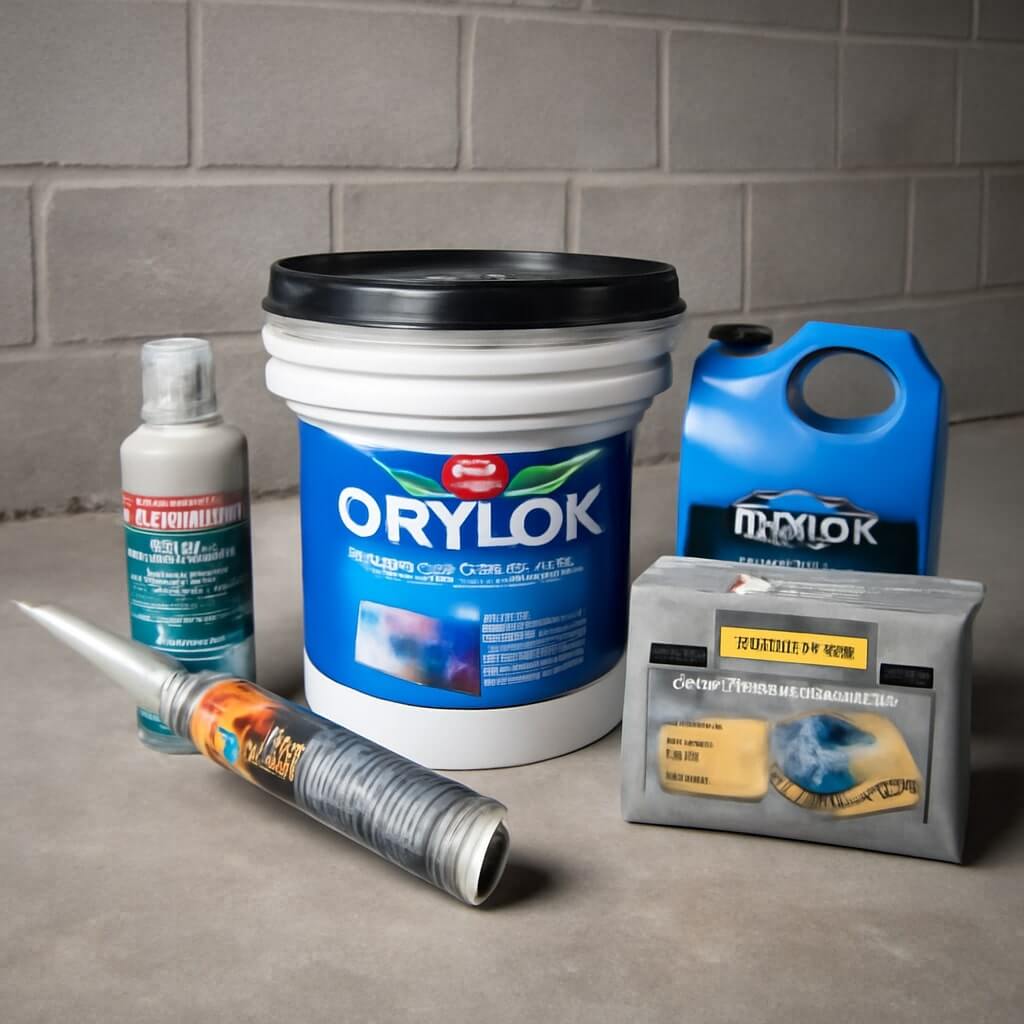If you’re dealing with a damp basement, finding the right waterproofing solutions is vital. There are several effective products that can help protect your space from water damage. From waterproofing paints to sump pumps, each option serves a unique purpose in keeping moisture at bay. Understanding how these products work together can make a significant difference in maintaining a dry environment. Let’s explore these essential tools and how they can benefit your home.
Key Takeaways
- Waterproofing Paints and Coatings create a protective barrier against water infiltration for masonry and concrete surfaces.
- Interior Drainage Systems channel water away from the basement, directing it to a sump pump for effective water management.
- Sump Pumps efficiently remove excess water, making them essential for safeguarding against basement flooding.
- Dehumidifiers lower humidity levels, preventing mold growth and protecting belongings stored in the basement.
- Crack Sealants effectively repair foundation cracks, preventing water intrusion and potential damage.
Waterproofing Paints and Coatings
When it comes to protecting your basement from moisture, waterproofing paints and coatings are your first line of defense.
These products utilize advanced waterproofing techniques to create a barrier against water infiltration. You’ll find various paint applications designed specifically for masonry and concrete surfaces, ensuring a proper seal.
Before applying, clean the area and repair any cracks to maximize effectiveness. Choose a high-quality product that suits your needs, whether it’s a paint that dries clear or one with a bold color.
With the right waterproofing paint, you can keep your basement dry and prevent costly water damage down the line.
Interior Drainage Systems
While waterproofing paints and coatings provide a solid first line of defense against moisture, they may not be enough for more severe water issues.
An interior drainage system effectively channels water away from your basement, preventing flooding and damage. These systems typically include a drain tile or perimeter drain that collects water, directing it to a sump pump or other drainage solution.
Regular system maintenance is essential; check for clogs and guarantee proper flow. By investing in a reliable interior drainage system, you can safeguard your basement, keeping it dry and functional even during heavy rain or melting snow.
Sump Pumps
Sump pumps are essential for any effective interior basement waterproofing system, especially in areas prone to heavy rainfall or flooding.
Proper sump pump installation guarantees that excess water is efficiently removed, protecting your basement from damage.
Properly installed sump pumps effectively eliminate excess water, safeguarding your basement from potential damage.
To keep your system running smoothly, focus on regular sump pump maintenance, including:
- Checking the power source
- Testing the pump periodically
- Cleaning the sump pit
- Inspecting the discharge line
Dehumidifiers
Dehumidifiers play an essential role in maintaining a dry and healthy basement environment. By efficiently reducing humidity levels, they help prevent mold growth and damage to your belongings.
When choosing a dehumidifier, look for energy efficiency ratings to save on electricity bills. To maximize performance, place the unit in a central location and keep vents unobstructed.
Regular maintenance tips include cleaning the filter monthly and emptying the water tank frequently or connecting it to a drain. By following these steps, you’ll guarantee your dehumidifier operates effectively, keeping your basement dry and comfortable year-round.
Crack Sealants
Crack sealants are a vital component in waterproofing your basement, especially when it comes to preventing water intrusion through foundation cracks.
When choosing a sealant, consider the various types available for effective crack repair:
- Acrylic Sealants: Flexible and easy to apply, great for minor cracks.
- Polyurethane Sealants: Durable and ideal for larger cracks, providing strong adhesion.
- Epoxy Sealants: Best for structural repairs, offering excellent strength and moisture resistance.
- Hydraulic Cement: Expands as it cures, perfect for stopping active leaks.
Selecting the right sealant type can greatly enhance your basement’s waterproofing and protect your home from water damage.
Conclusion
Ultimately, investing in effective interior basement waterproofing products can transform your space into a dry, safe haven. By using waterproofing paints, installing interior drainage systems, and incorporating sump pumps, you can effectively manage water infiltration. Don’t forget the importance of dehumidifiers and crack sealants to maintain a healthy environment. By taking these steps, you’ll not only protect your basement from water damage but also enhance your home’s overall value and comfort.

